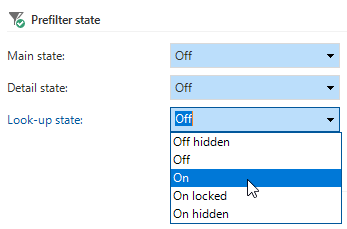Completed
Possibility to make domain elements "Inactive"
We've got a table with years of historic data. Numerous fields are dropdowns with a fixed set of of domain elements. A customer now has the desire to come up with a complete different set of possible values and keep the historic data working (with the old values).
There is no way to get this done with how domains and elements work currently. A great addition (i.m.h.o) would be the addition of a new field in a domain element "active" or "available_to_gui" or something like that.
This would then reslult in the GUI not showing elements that are not active when the drop is pulled (or grayed out if that's a better way), but in that matter the translation would still work for historic data.
When adding new records to the table, the inactive elements should not show up.
There is no way to get this done with how domains and elements work currently. A great addition (i.m.h.o) would be the addition of a new field in a domain element "active" or "available_to_gui" or something like that.
This would then reslult in the GUI not showing elements that are not active when the drop is pulled (or grayed out if that's a better way), but in that matter the translation would still work for historic data.
When adding new records to the table, the inactive elements should not show up.
Enter your E-mail address. We'll send you an e-mail with instructions to reset your password.











